Dit artikel is momenteel alleen beschikbaar in het Engels.
2022 has been a challenging year for education. The importance of STEM subjects and delivering high-quality digital learning resources keeps rising.
At Sowiso, we continue supporting teachers to solve the math problem with digital tools and improve STEM education through technology. This year we want to celebrate our achievements with you. Thank you for helping us grow.
What a year! In 2022, we have grown in new markets and worked on multiple exciting projects. Here is our year in numbers.
Over 65 institutions have used our platform in around 20 countries worldwide.
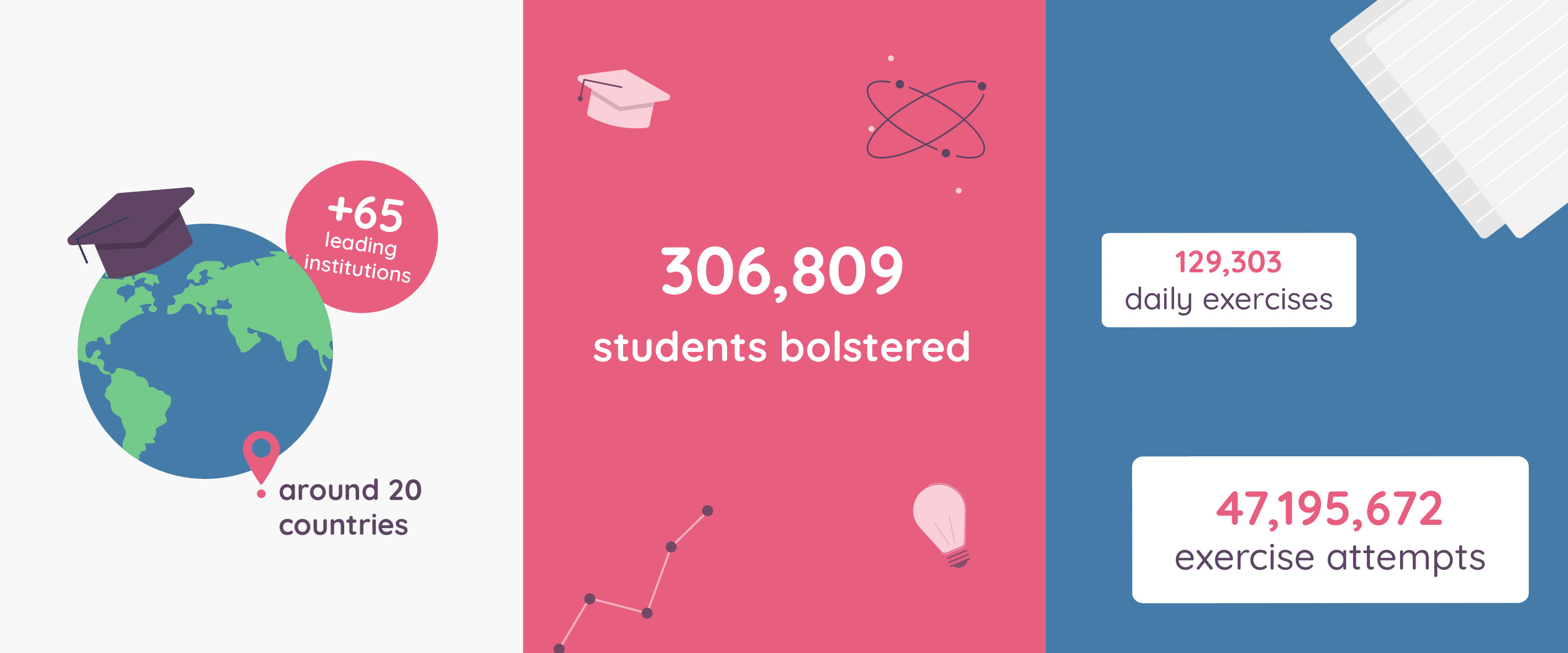
12,093 classes took place in Sowiso. 306,809 students have used our platform, and it looks like they have worked very hard on their courses! They saw our theory pages 3,985,145 times and spent 3,746 days reading them. Our users have made a total of 47,195,672 exercise attempts, a surprising average of 129,303 per day. Combined, students have submitted 309,058 tests, replying to 4,240,622 questions.
In total, learners have spent 439 years on the platform.
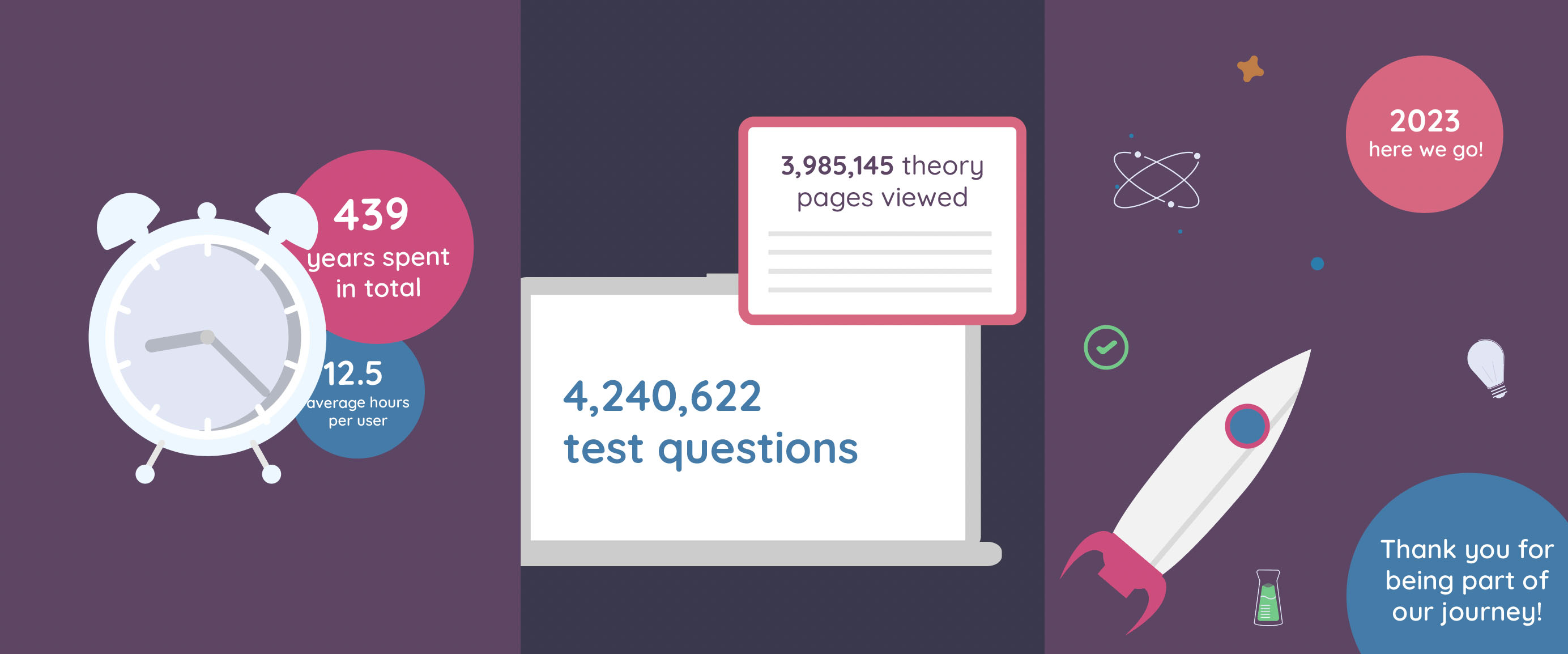
We offer new physics courses. Our statics and dynamics materials are now available.
We have improved our Python course, which teaches fundamental programming concepts. It is a good fit for students who wish to either pursue or transition to a technical university or college-level degree.
We have added new exercises and adjusted our French, English, and Dutch course to be suitable for color-blind people.
Our most successful course, Basic Math, is now available in Spanish. ¡Hola!
Our adaptive systems work by analyzing the student’s performance and, subsequently, making the material harder or more accessible. This feature adapts the path learners take through the content so that it fits their levels. Students first have a diagnostic test that determines their proficiency in the given section. Then, exercises are adjusted to them.
This feature is available for: Basic Math, Calculus, Linear Algebra, Calculus for Social Sciences, and Financial Arithmetic.
Prerequisites are a way for teachers to create dependencies within the content. Therefore, the content stays locked until its dependencies are fulfilled. This feature will help you ensure your students master the materials before moving forward.
Now students can easily upload files with their phones by scanning a QR code.
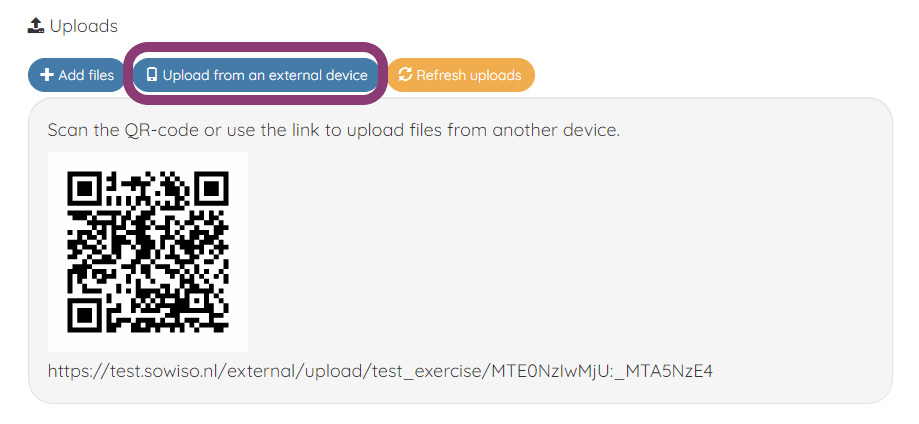
Our Safe Exam Browser is a web browser environment to carry out e-assessments safely. It limits your students to just the test page, so they can’t click around and visit any other websites during the test.
We want to keep reaching out to sizeable non-English speaking markets in their mother tongue. This year, we have added Spanish as a platform language.
We have started integrating videos into our Basic Math theory pages. Now, students can watch short tutorials where our education experts explain how to solve common problems aligned with their curriculum.
You can watch these explanations on Sowiso Explains, our new YouTube channel. At the end of each video, we propose a related exercise that students can do on our platform for free via a link. Our randomization feature allows students to solve new problems and continually develop their skills.
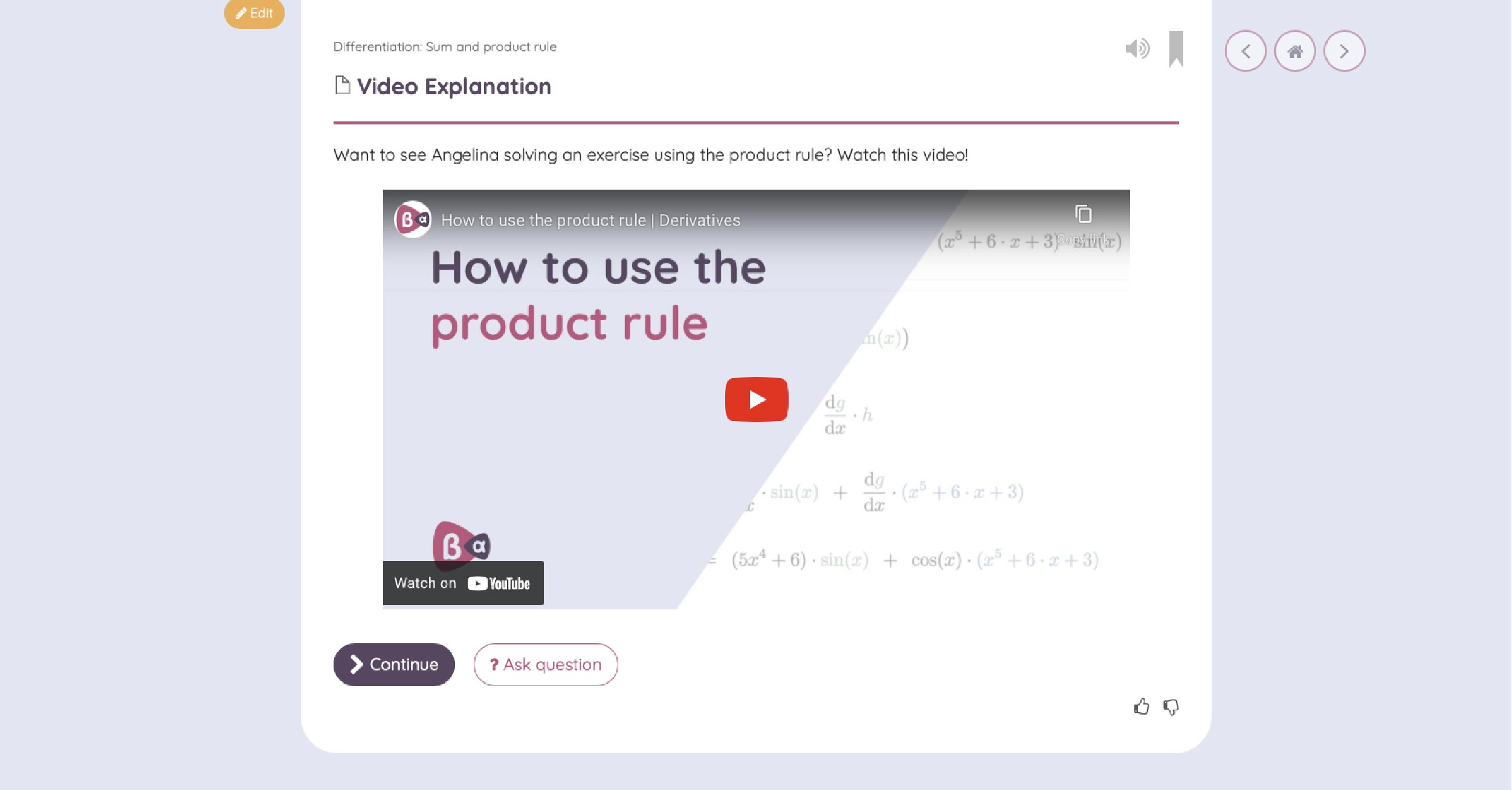
We are enhancing our functionalities for people who are color-blind. For example, we are improving the contrast of our graphs in exercises and theory pages.
We empower our learners and teachers with text-to-speech accessibility technology for education and learning. This feature is available for all our content.
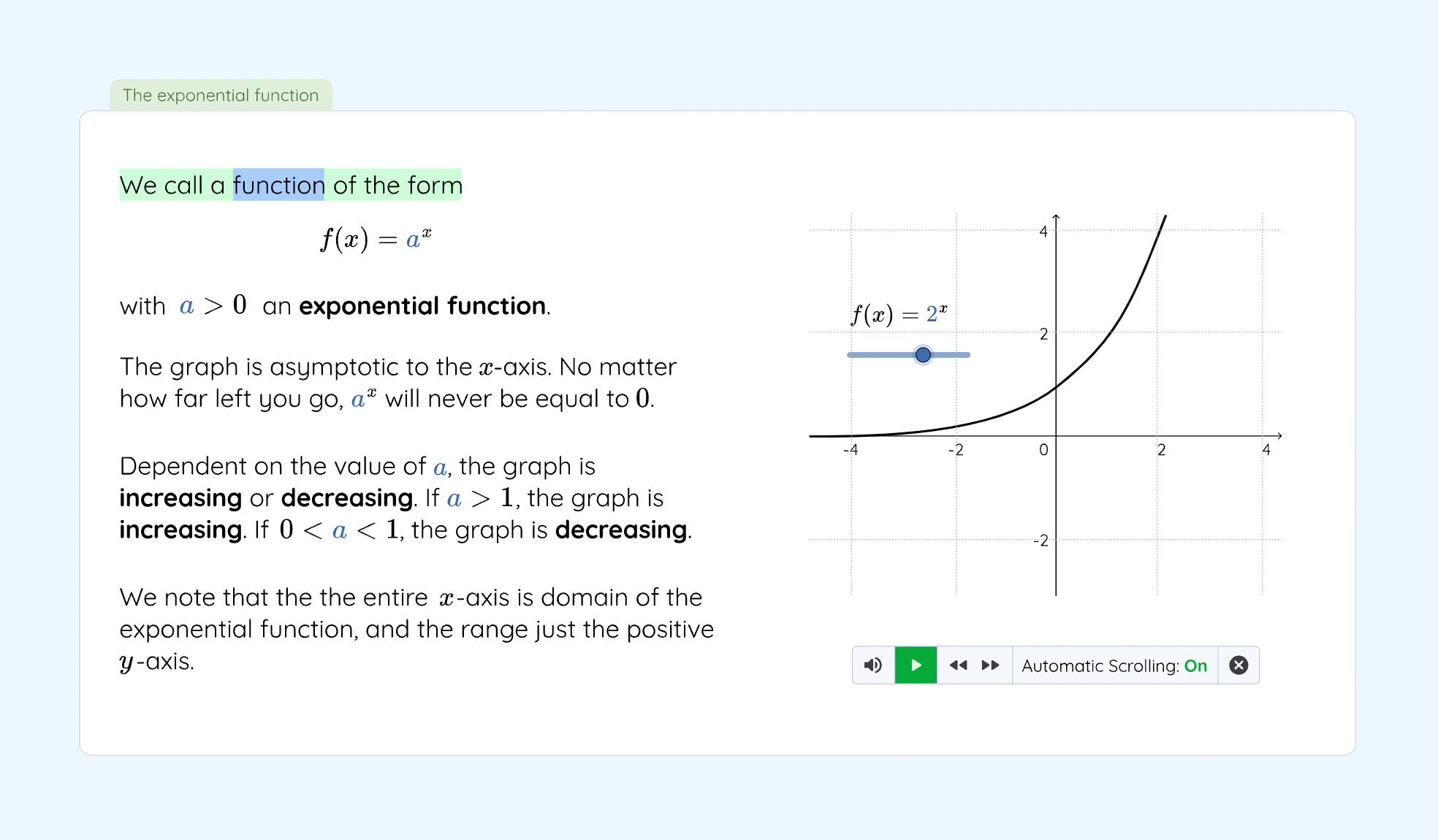
We’ve been working on a new teacher UI. The new interface will make the teacher environment easier and faster to use. It will soon be available for all teachers.
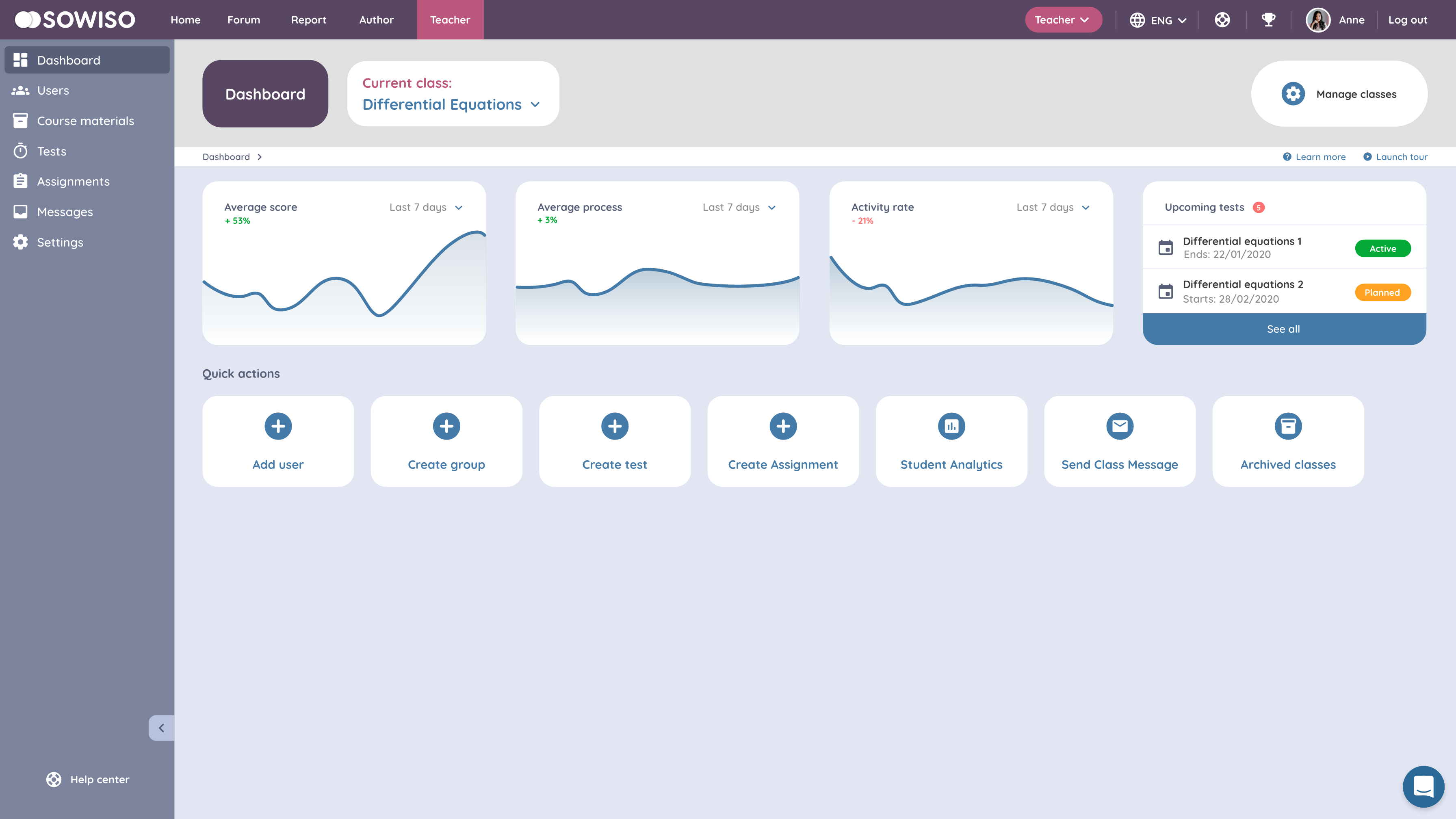
We have joined forces with Paragin, a leading ed-tech company that provides solutions for the development of competencies, knowledge, and talent in large and small corporations and educational institutions.
This strategic partnership will allow us to share knowledge, expand our team, create better products and take our journey to the next level! Here you can learn more about our partnership.
We want to thank our team for making this possible and all our partners for their trust and commitment.
Dit artikel is momenteel alleen beschikbaar in het Engels.
How can we teach math to non-math majors? Teaching this subject is challenging due to large student numbers, low engagement, and time constraints.
In our webinar with OpenStax (Rice University), Dr. Ana Lucia Vargas Sandoval (Product Owner) and Marc Habbema (CManaging DirectorEO) discussed support strategies to solve the math problem with digital tools. Our guest speaker, Dr. Edna James (Algoma University), shared her experience teaching mathematics with Sowiso and proposed an interactive session with an open course she designed.
If you missed the webinar or don’t have time to watch the whole session, you can learn the main takeaways here.
Before discussing our webinar, we want to introduce why we started collaborating with OpenStax.
OpenStax provides textbooks for introductory college and Advanced Placement. These resources are free, peer-reviewed, and openly licensed. Therefore, they increase students’ access to the high-quality tools they need to reach their educational goals.
OpenStax mission is to “transform learning so that education works for every student.” They support the evolving needs of instructors and students by partnering with edtech providers.
To contribute to this essential mission, we have become an OpenStax Ally. This means we import STEM materials from OpenStax, allowing educators and students to make the most out of this content in an interactive platform that enhances their user experience.
As part of this partnership, we co-hosted this webinar, addressing a key pain point math educators face: the math problem.
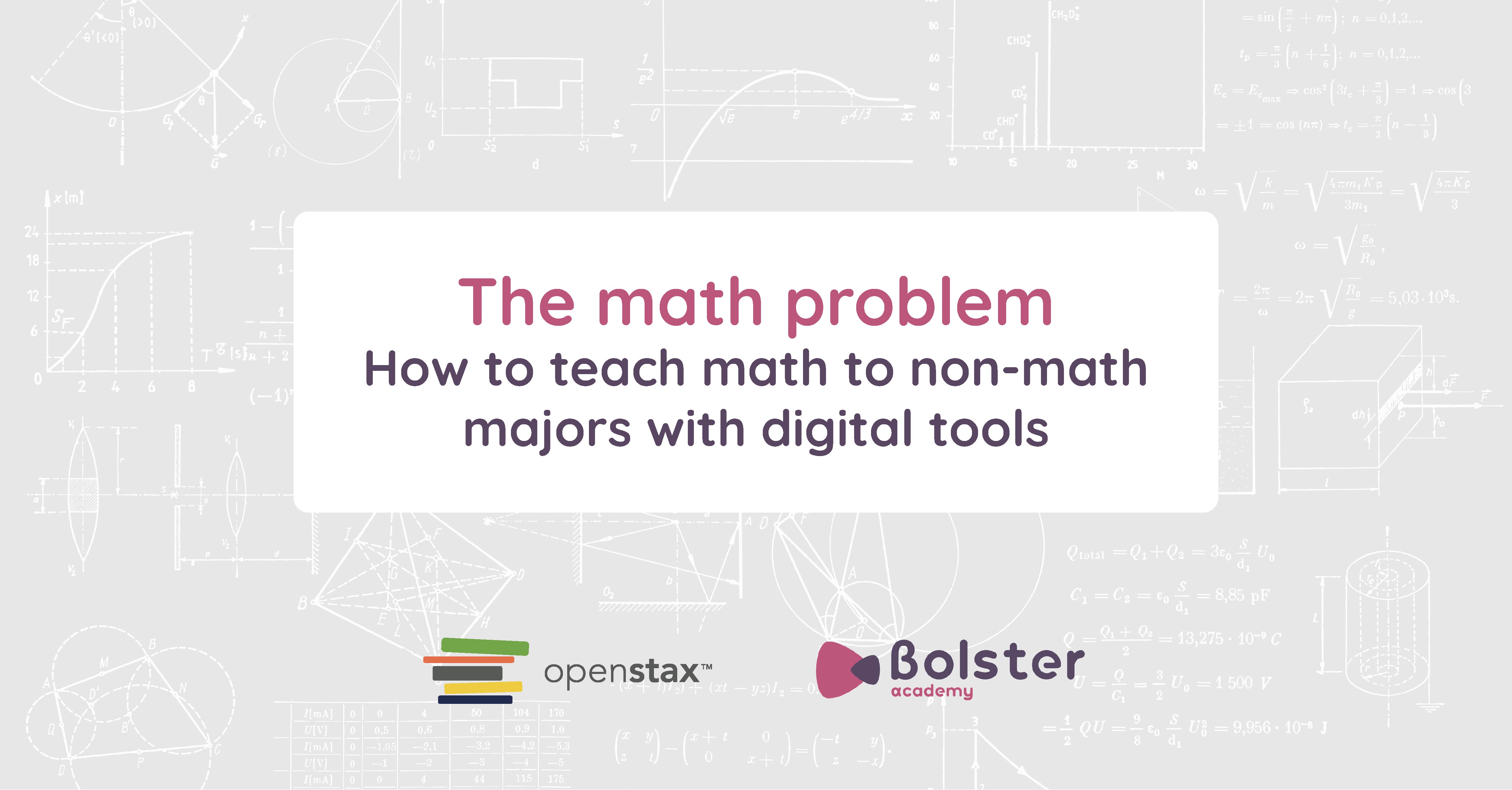
Many subjects at universities—like economics, psychology, and biology—require some maths education, often in the form of mandatory maths courses to complete a degree. This has become a stumbling block for many students, who even give up on their studies because they fail a required introductory mathematics course.
Although the ideal solution would be providing 1-on-1 support to struggling students, teachers usually don’t have the time for personalized learning. The math problem frequently leads to demotivation, math anxiety, and low performance.
These negative consequences can be tackled by encouraging students to develop a growth mindset (Dweck, 1999; Dweck, 2006; Dweck & Yeager, 2019). Learners’ mathematical performance is closely linked to their beliefs about their abilities.
While students with a fixed mindset in math think that their skills are fixed traits, on the contrary, students with a growth mindset believe they can improve through practice and instruction. Apart from being more motivated, the former students obtain better results.
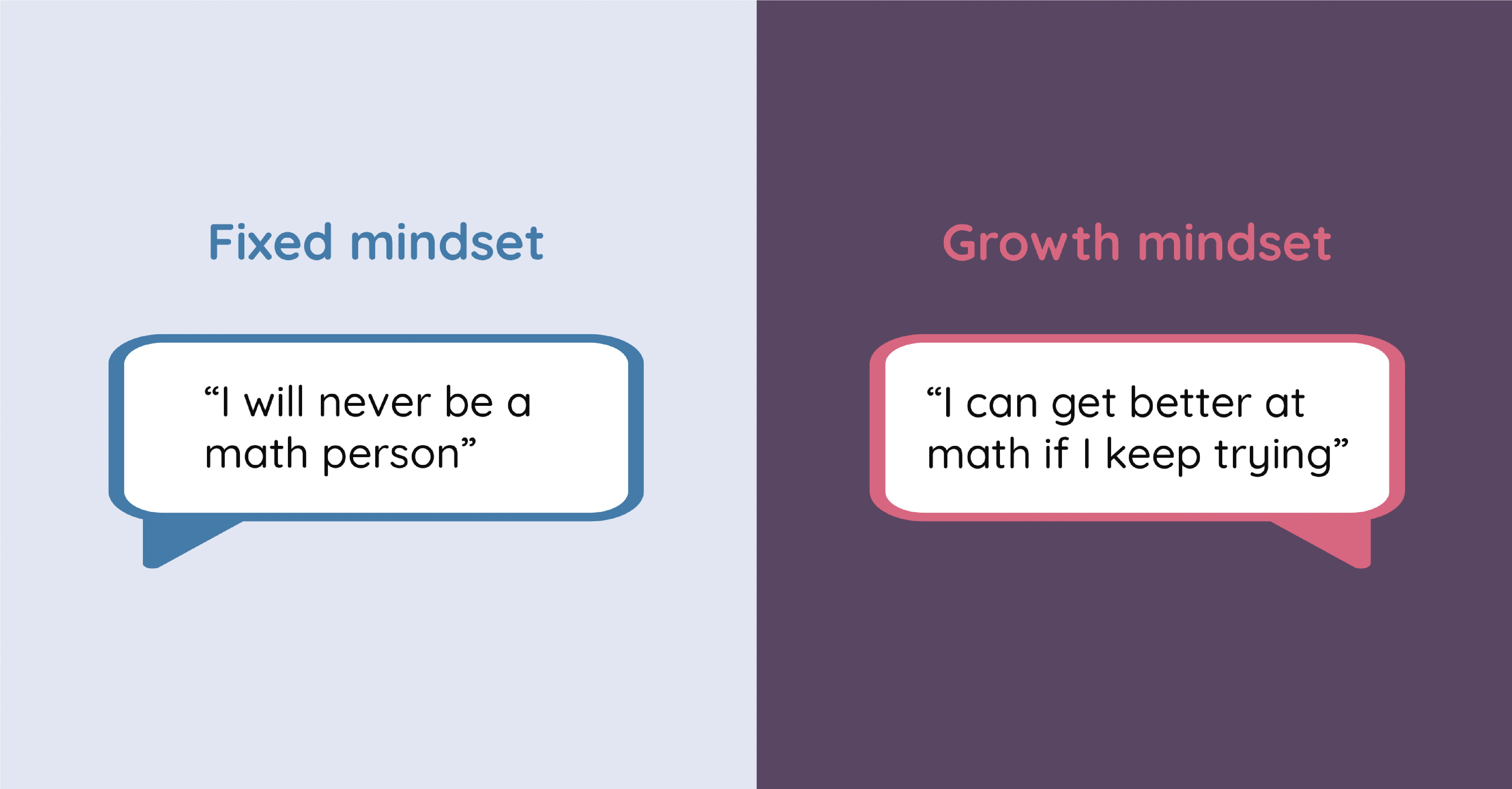
Research shows that rewarding processes and effort instead of intelligence boosts students’ confidence, helping them to develop their math skills actively.
Mastery Learning is based on the idea that students should demonstrate a deep understanding of a topic or subject before progressing to another one. Since students need to follow different paths and have different times to master the content, this model takes into account learners’ diversity.
Guided discovery is inspired by Piaget’s constructivist technique of pure discovery or “learning by doing.” From this perspective, students are encouraged to discover knowledge actively. The teacher has a crucial guidance role in diminishing the risk of wasting time in directions that do not add value.
We promote a research-based recipe that encourages a growth mindset with pedagogical models of mastery learning and guided discovery. In this webinar, we explained how these principles are translated into features that help students learn from their mistakes and practice at their own pace.
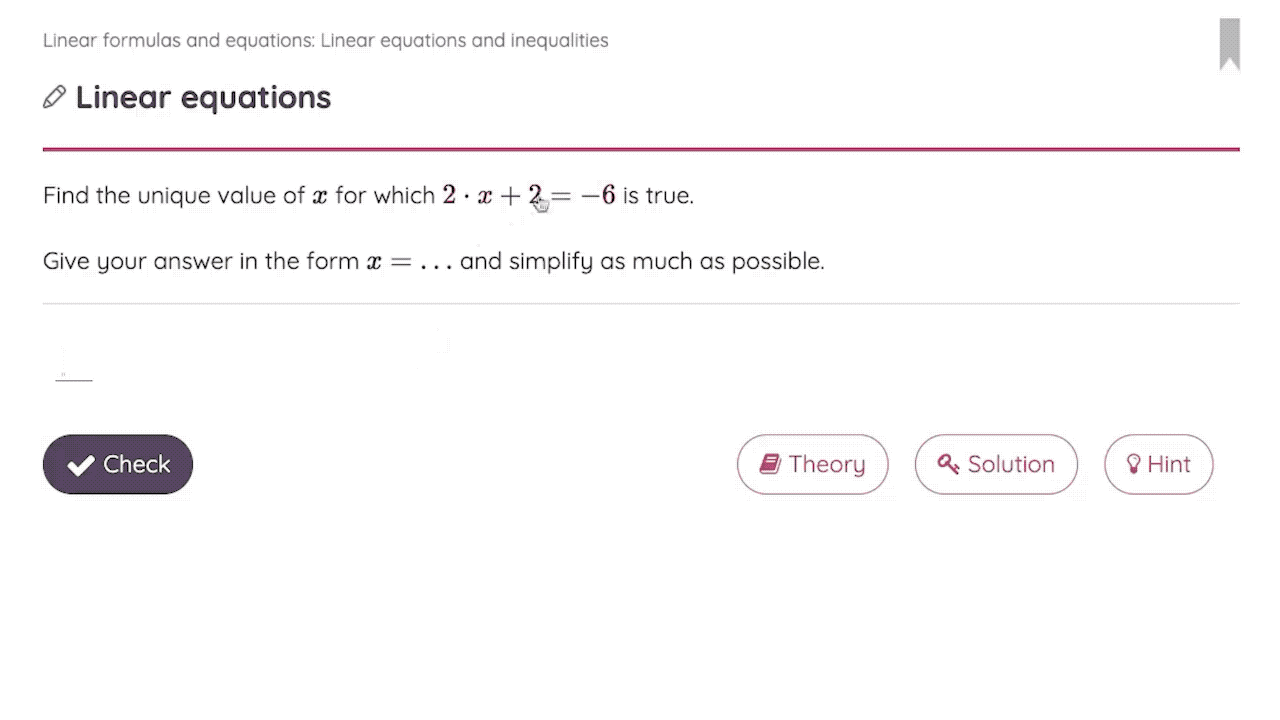
Our wide course offer includes subjects like Calculus, Statistics, Basic Math and Physics.
Although we didn’t cover this topic in our webinar, we want to add that we have recently created Sowiso Explains, a new YouTube channel where our in-house mathematicians solve common math problems.
At the end of each video, we propose a related exercise that students can do on our platform for free via a link. Learners receive personalized feedback that guides them toward the solution, simulating private tutoring. Our randomization feature allows students to solve new problems and continually develop their skills. This blog post discusses how these free open tutorials can be integrated into your math lessons.
Dr. Edna James (Algoma University) shared her experience teaching with Sowiso. She teaches Precalculus, Calculus, and Linear Algebra to first-year students of various majors.
With Sowiso, Edna has implemented a growth mindset teaching approach where students can do assignments and tests as many times as they want (with different exercises) until they master the subject and without grade penalties for second tries.
As she explains in this video, with our platform, she has been able to obtain favorable outcomes like reducing cheating and failure rates and increasing students’ average grades.
Edna designs her own exercises using our authoring environment. She created this free example page so educators can start playing and experiencing first-hand the benefits of our learning and assessment platform.
Would you like to watch the entire webinar? You can register here to watch it on demand. Do you have any questions about Sowiso’s partnership with OpenStax? Contact us.
If you want to take a tour of our learning platform and explore its possibilities for you and your students, schedule a demo with one of our mathematics education experts here.